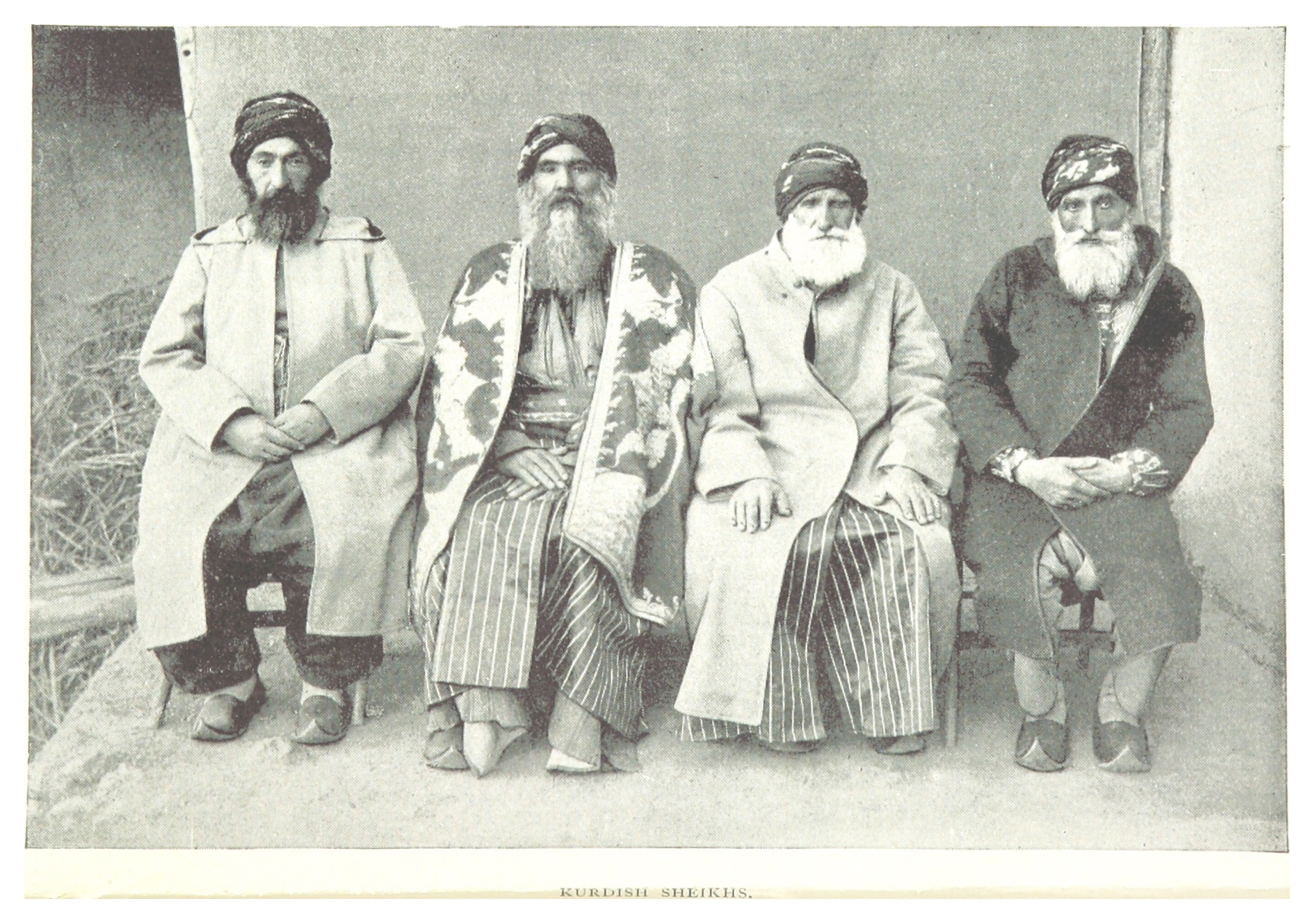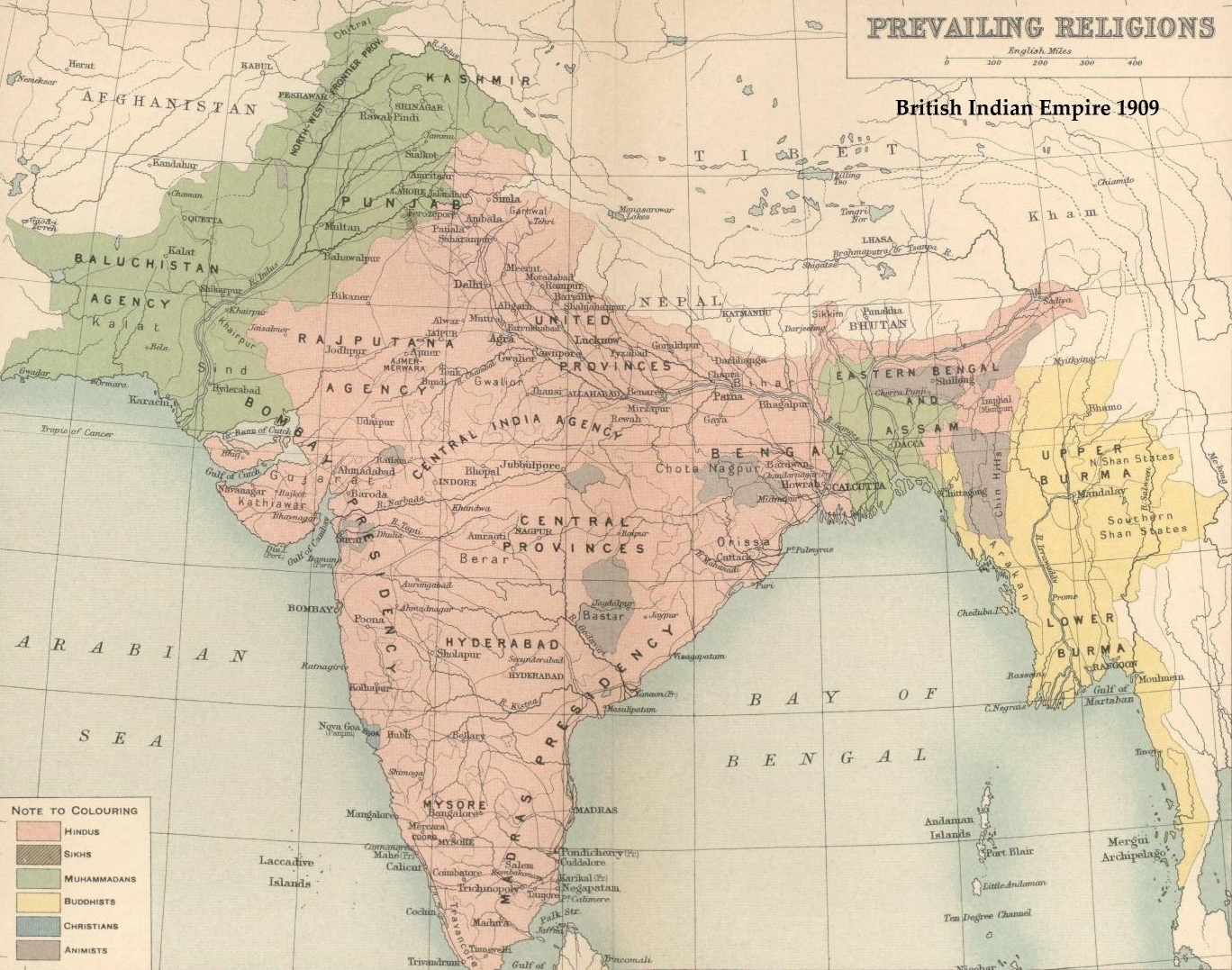|
Sarail Upazila
Sarail ( bn, সরাইল, Shorail) is an upazila of Brahmanbaria District located in the Chittagong Division and near the Dhaka Division, Bangladesh. History The leader of the Baro-Bhuiyan zamindars, Isa Khan, had his first and temporary capital situated in Sarail. During the Mughal era, Sarail was a mahallah (district) of the Sylhet Sarkar. During the dewani of Shahbaz Khan in 1650, the Hatirpul was constructed. It was a bridge built over the canal mainly for elephant pass. The Mughal dewans used to communicate by the elephant in this road and also took rest near this bridge. In 1662, the Arifil Mosque was constructed by Shah Arif. There are unknown tombs located near the mosque, supposedly belonging to the wives of Isa Khan. During the Bangladesh Liberation War of 1971, the Pakistani Army killed about 70 innocent people in the Bitghar area. On 5 May, the freedom fighters raided the Pakistani Army's camp in the Shahbazpur area and killed 9 Pakistani soldiers; one fre ... [...More Info...] [...Related Items...] OR: [Wikipedia] [Google] [Baidu] |
Shahbazpur Union, Sarail
Shahbazpur ( bn, শাহবাজপুর) is a union parishad under Sarail Upazila of Brahmanbaria District in the Chittagong Division of eastern Bangladesh. Geography Shahbazpur Union has a total area of . Demographics According to the 2011 Bangladesh census, Shahbazpur Union had 5,606 households and a population of 29,757. The literacy rate (age 7 and over) was 47.1%, compared to the national average of 51.8%. 53.8% of the employed population was engaged in agricultural work. Administration Shahbazpur Union is divided into 4 mauzas: Bara Dhitpur, Jadabpur, Noagoan, and Sahbazpur. Transport Shahbazpur Union is on the N2 national highway connecting Dhaka and Sylhet. Education According to Banglapedia, Shahbazpur Multilateral High School, founded in 1907, is a notable secondary school. Notable People * Nurul Amin, Former Prime Minister of Pakistan during Bangladesh Liberation War The Bangladesh Liberation War ( bn, মুক্তিযুদ্ধ, , also known ... [...More Info...] [...Related Items...] OR: [Wikipedia] [Google] [Baidu] |
Upazilas Of Bangladesh
An ''upazila'' ( bn, উপজেলা, upôzela, lit=sub-district pronounced: ), formerly called ''thana'', is an administrative region in Bangladesh, functioning as a sub-unit of a district. It can be seen as an analogous to a county or a borough of Western countries. Rural upazilas are further administratively divided into union council areas (union parishads). Bangladesh ha495 upazilas(as of 20 Oct 2022). The upazilas are the second lowest tier of regional administration in Bangladesh. The administrative structure consists of divisions (8), districts (64), upazilas (495) and union parishads (UPs). This system of devolution was introduced by the former military ruler and president of Bangladesh, Lieutenant General Hossain Mohammad Ershad, in an attempt to strengthen local government. Below UPs, villages (''gram'') and ''para'' exist, but these have no administrative power and elected members. The Local Government Ordinance of 1982 was amended a year later, redesignati ... [...More Info...] [...Related Items...] OR: [Wikipedia] [Google] [Baidu] |
Oxford University Press
Oxford University Press (OUP) is the university press of the University of Oxford. It is the largest university press in the world, and its printing history dates back to the 1480s. Having been officially granted the legal right to print books by decree in 1586, it is the second oldest university press after Cambridge University Press. It is a department of the University of Oxford and is governed by a group of 15 academics known as the Delegates of the Press, who are appointed by the vice-chancellor of the University of Oxford. The Delegates of the Press are led by the Secretary to the Delegates, who serves as OUP's chief executive and as its major representative on other university bodies. Oxford University Press has had a similar governance structure since the 17th century. The press is located on Walton Street, Oxford, opposite Somerville College, in the inner suburb of Jericho. For the last 500 years, OUP has primarily focused on the publication of pedagogical texts a ... [...More Info...] [...Related Items...] OR: [Wikipedia] [Google] [Baidu] |
Sheuly Azad
Umme Fatema Nazma Begum ( bn, উম্মে ফাতেমা নাজমা বেগম; born 2 October 1972), better known as Sheuly Azad, is an entrepreneur and politician, holding one of the seats reserved for women in the 11th Jatiya Sangsad The Jatiya Sangsad ( bn, জাতীয় সংসদ, lit=National Parliament, translit=Jatiyô Sôngsôd), often referred to simply as the ''Sangsad'' or JS and also known as the House of the Nation, is the supreme legislative body of ..., the Bangladeshi parliament. Early life Sheuly was born in the Muslim family of West Kuttapara in Sarail Upazila of Brahmanbaria district. Her father is a Businessman and mother is a housewife. Politics career After the tragic killing of her husband, Sheuly Azad entered politics, suppressing the pain of her bereavement. The Sarail Awami League committee was dissolved and Sheuly Azad was elected joint convener-1 of the upazila unit. Since then, Sheuly Azad has been relentlessly w ... [...More Info...] [...Related Items...] OR: [Wikipedia] [Google] [Baidu] |
Union Parishad
Union council ( bn, ইউনিয়ন পরিষদ, translit=iūniyan pariṣad, translit-std=IAST), also known as union parishad, rural council, rural union and simply union, is the smallest rural administrative and local government unit in Bangladesh. Each union council is made up of nine wards. Usually one village is designated as a ward. There are 4,562 unions in Bangladesh. A union council consists of a chairman and twelve members including three members exclusively reserved for women. Union councils are formed under the ''Local Government (Union Parishads) Act, 2009''. The boundary of each union council is demarcated by the Deputy Commissioner of the District. A union council is the body primarily responsible for agricultural, industrial and community development within the local limits of the union. History The term ''union'' dates back to the 1870 British legislation titled the ''Village Chowkidari Act'' which established union ''panchayats'' for collecting tax ... [...More Info...] [...Related Items...] OR: [Wikipedia] [Google] [Baidu] |
1991 Bangladesh Census
In 1991, the Bangladesh Bureau of Statistics, conducted a national census in Bangladesh. They recorded data from all of the districts and upazilas and main cities in Bangladesh including statistical data on population size, households, sex and age distribution, marital status, economically active population, literacy and educational attainment, religion, number of children etc. According to the census, Hindus were 10.5 per cent of the population, down from 12.1 per cent as of 1981. Bangladesh have a population of 106,314,992 as per 1991 census report. Majority of 93,886,769 reported that they were Muslims, 11,184,337 reported as Hindus, 616,626 as Buddhists, 350,839 as Christians and 276,418 as others. See also * Demographics of Bangladesh * 2001 Bangladesh census * 2011 Bangladesh census References External links * Bangladesh Bureau of Statistics"Census Reports: Population Census-2001" 2001. The 1991 census figures can be seen compared to the 2001 census. Censuses in ... [...More Info...] [...Related Items...] OR: [Wikipedia] [Google] [Baidu] |
Sheikh Mesbahuddin Saraili
Sheikh (pronounced or ; ar, شيخ ' , mostly pronounced , plural ' )—also transliterated sheekh, sheyikh, shaykh, shayk, shekh, shaik and Shaikh, shak—is an honorific title in the Arabic language. It commonly designates a chief of a tribe or a royal family member in Arabian countries, in some countries it is also given to those of great knowledge in religious affairs as a surname by a prestige religious leader from a chain of Sufi scholars. It is also commonly used to refer to a Muslim religious scholar. It is also used as an honorary title by people claiming to be descended from Hasan ibn Ali and Husayn ibn Ali both patrilineal and matrilineal who are grandsons of the Islamic prophet Muhammad. The term is literally translated to " Elder" (is also translated to "Lord/ Master" in a monarchical context). The word 'sheikh' is mentioned in the 23rd verse of Surah Al-Qasas in the Quran. Etymology and meaning The word in Arabic stems from a triliteral root connected wit ... [...More Info...] [...Related Items...] OR: [Wikipedia] [Google] [Baidu] |
Pakistani Army
The Pakistan Army (, ) is the land service branch of the Pakistan Armed Forces. The roots of its modern existence trace back to the British Indian Army that ceased to exist following the Partition of British India, which occurred as a result of the 1947 Indian Independence Act of the United Kingdom. According to statistics provided by the International Institute for Strategic Studies (IISS) in 2021, the Pakistan Army has approximately 560,000 active-duty personnel, supported by the Army Reserve and National Guard. Pakistani citizens can enlist for voluntary military service upon reaching 16 years of age, but cannot be deployed for combat until the age of 18 in accordance with the Constitution of Pakistan. The primary objective and constitutional mission of the Pakistan Army is to ensure the national security and national unity of Pakistan by defending it against any form of external aggression or the threat of war. It can also be requisitioned by the Pakistani federal go ... [...More Info...] [...Related Items...] OR: [Wikipedia] [Google] [Baidu] |
Bangladesh Liberation War
The Bangladesh Liberation War ( bn, মুক্তিযুদ্ধ, , also known as the Bangladesh War of Independence, or simply the Liberation War in Bangladesh) was a revolution and armed conflict sparked by the rise of the Bengali nationalist and self-determination movement in East Pakistan, which resulted in the independence of Bangladesh. The war began when the Pakistani military junta based in West Pakistan—under the orders of Yahya Khan—launched Operation Searchlight against the people of East Pakistan on the night of 25 March 1971, initiating the Bangladesh genocide. In response to the violence, members of the Mukti Bahini—a guerrilla resistance movement formed by Bengali military, paramilitary and civilians—launched a mass guerrilla war against the Pakistani military, liberating numerous towns and cities in the initial months of the conflict. At first, the Pakistan Army regained momentum during the monsoon, but Bengali guerrillas counterattac ... [...More Info...] [...Related Items...] OR: [Wikipedia] [Google] [Baidu] |
Arifil Mosque
Arifile Mosque ( bn, আড়িফাইল মসজিদ, ar, مسجد عارفايل) is in Sarail Upazila at Brahmanbaria District, Bangladesh, founded by Shah Arif in 1662. Name derived from Arif to Arifile. Locally known as Arail Mosque. This is an example of Mughal architecture, which combined Bengali, Persian and Islamic influences. Location Arifile Mosque is located from Brahmanbaria District and northwest from Sarail Upazila. Construction Wonderful architectural techniques, styles and crafts outside the mosque reminds the beauty of the Taj Mahal. The mosque floor occupied by 24.38 m x 9.30 m rectangular area. Height nearly 8 m. Each wall is 1.6 m wide bearing weight of the roof. There is a yard affront the mosque boundary opened at a modern gate in the east. Four octagonal pillars making stronger the corners of the mosque and passing through the horizontal parapets those are topped with kalasa finials. Two bigger domes built on the roof keepin ... [...More Info...] [...Related Items...] OR: [Wikipedia] [Google] [Baidu] |
Mughal Empire
The Mughal Empire was an early-modern empire that controlled much of South Asia between the 16th and 19th centuries. Quote: "Although the first two Timurid emperors and many of their noblemen were recent migrants to the subcontinent, the dynasty and the empire itself became indisputably Indian. The interests and futures of all concerned were in India, not in ancestral homelands in the Middle East or Central Asia. Furthermore, the Mughal empire emerged from the Indian historical experience. It was the end product of a millennium of Muslim conquest, colonization, and state-building in the Indian subcontinent." For some two hundred years, the empire stretched from the outer fringes of the Indus river basin in the west, northern Afghanistan in the northwest, and Kashmir in the north, to the highlands of present-day Assam and Bangladesh in the east, and the uplands of the Deccan Plateau in South India. Quote: "The realm so defined and governed was a vast territory of some , ra ... [...More Info...] [...Related Items...] OR: [Wikipedia] [Google] [Baidu] |


.jpg)



